The native communities that predicted Covid-19: In January, when Levi Sucre Romero came to know of the outbreak of the Novel Coronavirus in China, he felt that it was far away.
Romero belongs to Bribri, one of the largest tribal communities in Costa Rica. He lives in Talamanca, a remote mountainous region in southern Costa Rica that is famous for rivers, dense forests, and rain.
The Talamanca is far from the country’s popular tourist centers, yet Romero felt that the virus would not take long to reach them.
Romero realized one more thing. They believe that the virus spread due to human greed and bad behavior on the earth. He says, “We are destroying the habitat of wildlife, cutting down trees, imposing the same culture all over the world.”
“We are filling the earth with cities and using too many chemicals. It is a cocktail of bad things.”
The native communities that predicted Covid-19: Tribal communities already predicted the coronavirus
Animalistic virus
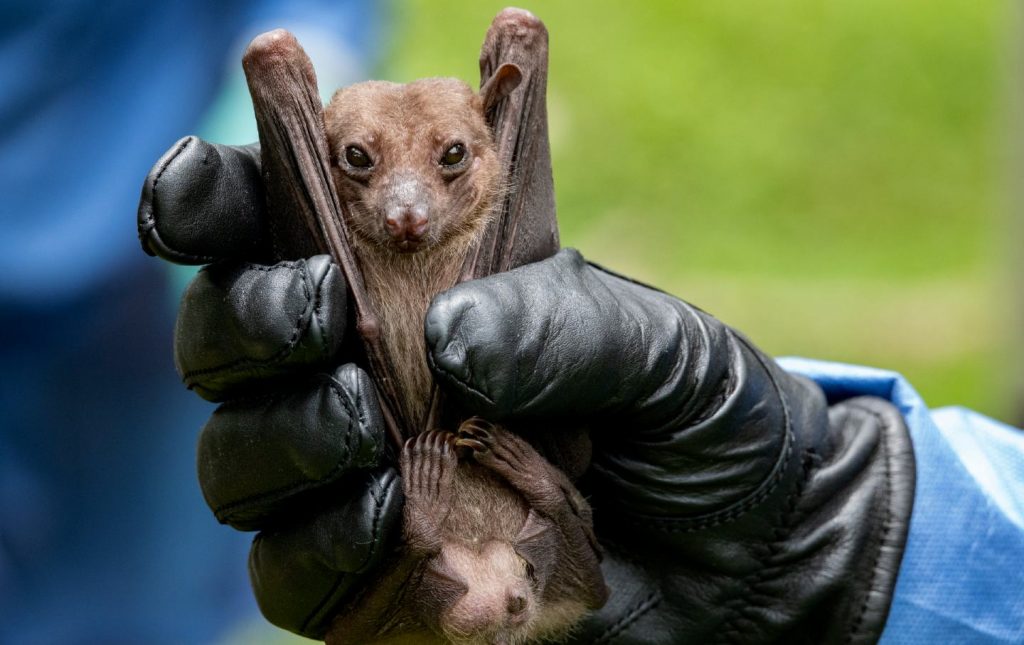
Like Plague and Ebola, the COVID-19 virus has also come from animals. Some evidence of its origin points to bats. The virus had probably reached the pangolin before the infection started in humans at the mass market in Wuhan in China.
Although the exact origin of the COVID-19 virus is not known yet, much research suggests that the harvesting of forests and the trade of wildlife has increased the risk of epidemics of animal-transmitted diseases.
According to Romero, both of these activities are destroying nature. “Our cultural knowledge says that when Sibo (God) created the earth, he imprisoned some evil spirits.
Now that we do not respect nature, these souls have come out.” Romero Meso is associated with the American Alliance of People and Forest. This organization works for the rights of the tribal communities of Central America and Mexico on the land. It represents 50 thousand people living in dense forests.
They know that there are other ways of living on earth in a permanent and dignified way, adopted by the Bribri and other tribal communities. Romero and other leaders of tribal communities have been talking about protecting wildlife habitats, planting trees, sustainably raising cattle, and respecting nature. Now they are repeating their point.
Shortly before the New York shut down in March, Romero and tribal leaders from Brazil and Indonesia insisted that traditional knowledge, traditions, and land defenses can play a significant role in saving the earth.
These measures will prevent environmental changes and damage biodiversity, but they will also reduce the risk of epidemics in the future.
Romero says, “We are convinced that this pandemic is a result of the misuse of natural resources and living with these resources in the wrong way. I do not think this will be the last such pandemic.”
Forest Felling and Virus
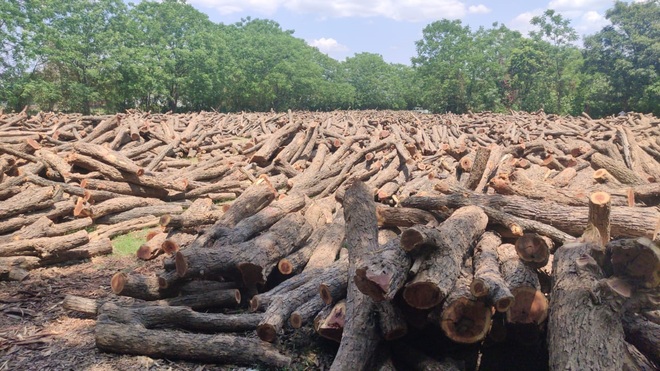
Much research supports the relationship between coronavirus and environmental destruction. Many viruses are found naturally in animals. Due to deforestation, the risk of their coming into contact with humans increases.
According to a research paper published in the journal Nature Communications in 2017, the risk of animal-borne diseases is highest in tropical forests where tree harvesting, mining, dam construction, and road construction are being done.
Such activities pose a risk of spreading diseases as they manipulate the ecosystem and increase the interaction of wildlife with humans and cattle.
Biologist Erin Mordecai of Standford University calls it a stochastic process. “This is driven by exposure to specific individuals and specific animals with pathogenic viruses.”
Deforestation can also spread existing diseases. Mordecai and his partner Andrew McDonald concluded in October that tree cutting in Brazil increased malaria infection.
There was an average of 6.5 new cases of malaria per square kilometer of forest cover. By cutting trees, the contact area of forests and settlements increases. It is here that mosquitoes that spread sickness thrive.
People coming to the border settlements from other parts of the country have no immunity to malaria, so they start getting sick very quickly. Although every disease is different, Mordecai believes that deforestation generally worsens the ecological balance.
“Species that are generally far from humans also come into contact. This allows pathogenic viruses to spread.” Whether legal or illegal, wild species from all kinds of wildlife businesses often encounter each other, causing virus infection.
Such trades often take place in urban centers where many people come into contact with animals. This spreads new diseases quickly. The wildlife trade is also associated with the felling of trees. With the construction of a road in the forest, hunters start reaching dense forests, and the business of wildlife increased.
Medical experts and environmentalists often warn about this, but they are not heard. For example, China banned the wildlife trade after the SARS outbreak in 2003, but it resumed within a year and has been growing ever since.
Role of tribals
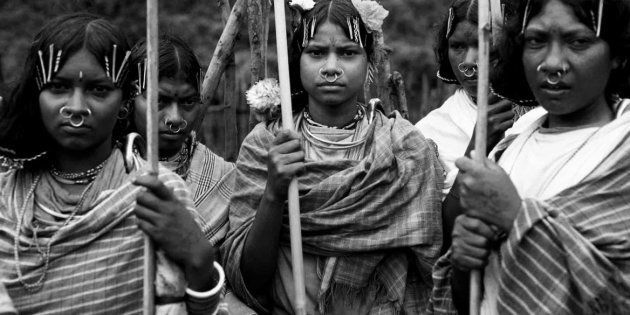
Many tribal groups as land guards reduce these risks. Mordecai says, “Protecting tribal areas take place in landscapes. Coronavirus disease (COVID-19) Get the latest information Changes can be stopped. “
A large number of tribal communities live in tropical forests. They are the areas most at risk for new diseases. Ninety percent of the wood on the earth is being harvested right here.
Research of the same year suggests that at least 36 percent of the remaining forests – half of which are tropical forests – are on tribal land. There are many types of indigenous tribal people. Some live in cities. Some live in forests. Some people exploit resources for profit; others simply subsist on nature.
Research fellow at Sussex University, Mary Menton, says that tribal groups are more effective in protecting the forests and environment on their land.
Forest preservation of tribals is also revealed from satellite images taken in some parts of Brazil. “The borderline of tribal areas is easily visible. They are effectively preventing deforestation,” says Menton.
A 2012 study compared 40 protected areas and 33 community-managed areas. This showed that fewer trees were cut in community-managed areas. Partly the reason for this is that the population of tribals is spread over a large area.
But there is a dense population of tribals in the forests of north-eastern Brazil, where they also adopt ways to save the environment. Menton says, “It’s not just that they have a lot of forests, but how they treat the forest and how they communicate with it.”
Many groups have been living in forested areas for generations and consider the entire land as part of the community. Some groups also believe that their ancestors are part of the forest.
Environmental protection
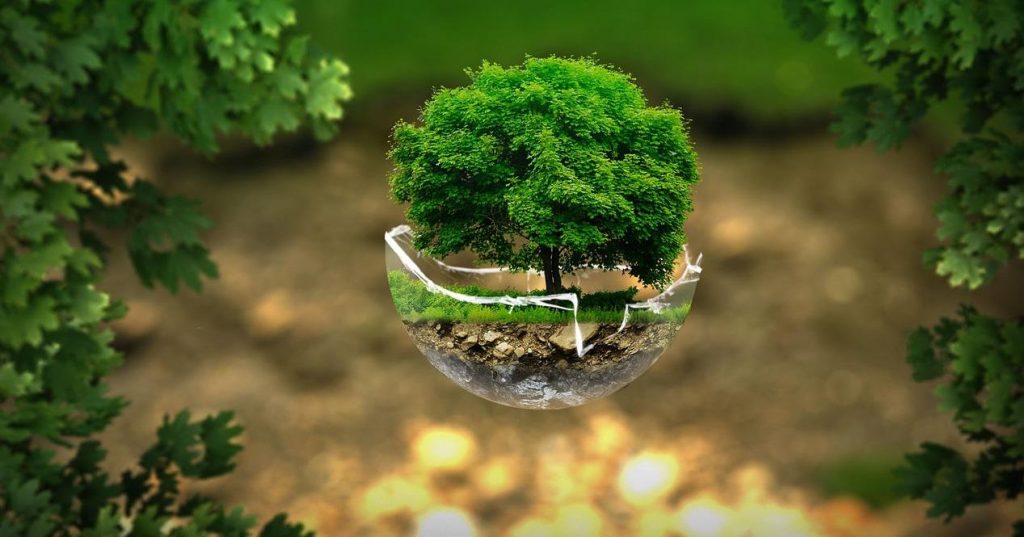
Protecting nature is not just about ecology and biodiversity. It is also about preserving life, history, and culture. Tribal communities do this work in many ways.
Bribes divide their land into family and community land. Both have different rules that are made to promote sustainability. For example, members of the community can pluck as many leaves as they can, leaving five leaves in the local Suita palm plant. When there are five leaves, more leaves emerge from it.
Many tribal people do not consider the forest as a means to become rich. Romero feels that globalization and consumerism are the roots of many evils in the world.
He says, “We need to rethink the model of development that accumulates wealth by destroying resources.” Profit-driven companies, governments, and people often consider tribals as a hindrance in the path of economic growth.
Their rights on the land are being limited all over the world. They are being occupied by agriculture, mining, and other industries.
Tribal security
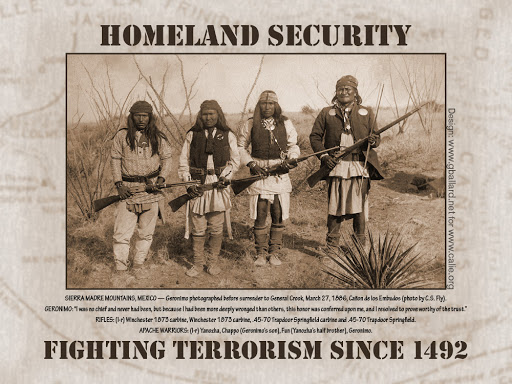
Menton found that between 2002 and 2019, more than 1500 environmental protectors were killed in 50 countries. There were more tribal communities on this list than any other community.
Forty percent of the environmental protectors killed in 2015 and 2016 were tribal. According to a report by the Brazilian non-governmental organization Pastoral Land Commission, one-third of the families who faced land conflicts in Brazil’s rural areas in 2019 were tribal.
Menton says that considering tribals, racism, and second-rate citizens poses additional risks.
Often this problem is promoted from above. Brazilian President Zaire Bolsonaro recently said that “Indians are progressively becoming human beings just like us.”
Adivasis are facing both threats – the physical struggle for land and the cultural threat to the right to live.
If the forest survives, the epidemic will decrease.
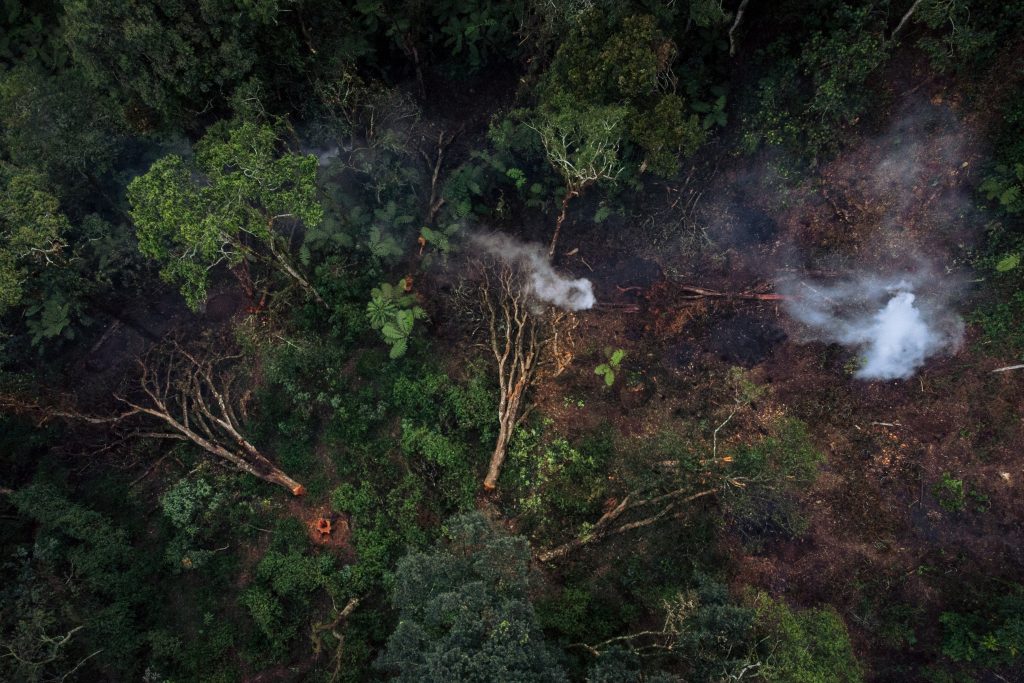
Romero says that the attack on tribal rights also affects the health of the earth. “When we have forest and land rights, they are a means of survival for our families. It also means that we have a better chance of surviving the pandemic.”
Like most people of the world, the people of the Bribri community are also in lockdown. Romero says, “The rhythm of our lives has been truncated. Visiting the elderly is prohibited.”
Table of Contents





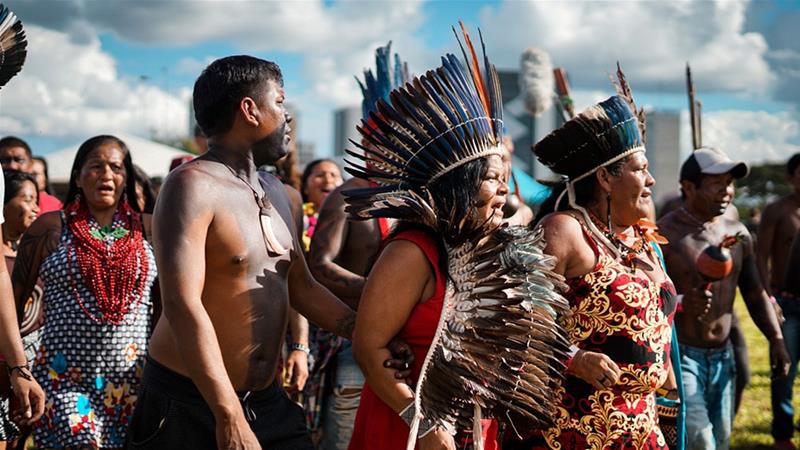

Add Comment